A YOUNG woman’s remains found in the fields of rural Dorset, with no explanation of how – or why – she died.
It’s the setting of a case befitting the likes of TV’s Silent Witness or Waking The Dead.
The only problem is, the death occurred some 2,000 years ago, in the Iron Age, leaving our detectives with little to go on…
Archaeologists have been investigating the cause of death for the young woman, whose remains were found in Winterborne Kingston, and have come up with a theory of the case, which is more sinister than any TV show.
However, experts from Bournemouth University believe she could have been murdered as a human sacrifice.
Their analysis suggests she was in her late 20s when she died and had lived a physically demanding and hardworking life.
They also found that she suffered damage to one of her ribs, possibly inflicted through violence, weeks before she was killed by a stab wound to her neck.
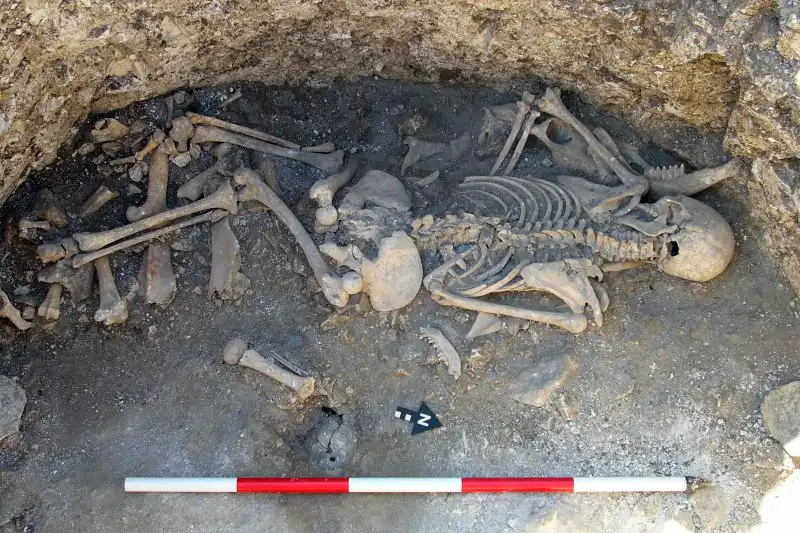
The remains were found in Winterborne Kingston. Picture: Bournemouth University
The combination of factors in their study, which have now been published in the Antiquities Journal, suggest this is rare physical evidence that human sacrifice took place in Iron Age Britain.
Students have been excavating prehistoric settlements in Winterborne Kingston for 15 years, since prehistoric settlements were first discovered in the area.
“In the other burials we have found, the deceased people appear to have been carefully positioned in the pit and treated with respect, but this poor woman hasn’t,” said Dr Martin Smith, associate professor in forensic and biological anthropology at Bournemouth University.
“We have also previously found ceramic pots and remains of joints of meat next to human remains, which we believe are offerings for the afterlife.
“This was nothing like that. The young woman was found lying face down on top of a strange, deliberately constructed crescent shaped arrangement of animal bone at the bottom of a pit, so it looks like she was killed as part of an offering.”
By studying the bones, the archaeologists have been able to discover more information about the victim’s life and tell some of her story.
Her spine showed signs of significant degeneration and arthritic change for her young age, and she also had damage to some of the discs between her vertebrae, indicating a life of hard work.
She also had well developed and rugged muscle attachments, another sign of a rigorous and continuous physical activity.

The woman’s spine showed signs of a life full of hard work. Picture: Bournemouth University
The experts also studied isotopes in her teeth, which showed she originated from more than 20 miles from the settlement site.
“All the significant facts we have found such as the problems with her spine, her tough working life, the major injury to her rib, the fact she could have come from elsewhere, and the way she was buried could be explained away in isolation,” Dr Smith said.
“But when you put them all together with her deposition face down on a platform of animal bone, the most plausible conclusion is that she has been the victim of a ritual killing.
“And of course, we found a large cut mark on her neck which could be the smoking gun.”

Students have been working in the Winterborne Kingston area for a number of years. Picture: Bournemouth University
Dr Smith said as well as providing evidence of human sacrifice, being able to understand the life of the Iron Age woman has been important, with the lady’s remains helping us understand more about less-fortunate members of society in the past.
“The burials that get the most attention tend to be those of higher status, privileged people,” Dr Smith said.
“However, being able to humanise the story of this woman’s life has given us a valuable glimpse into the other side of Iron Age society.
“Behind every ancient burial we find is someone’s story waiting to be told.”


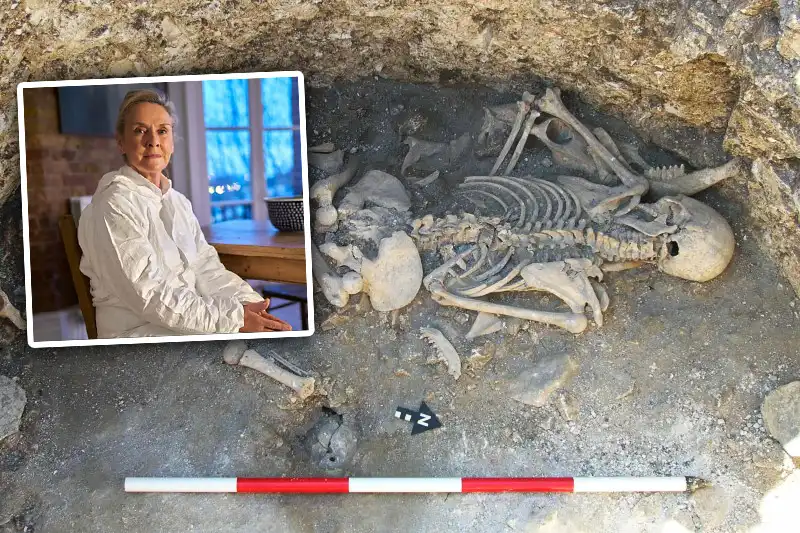


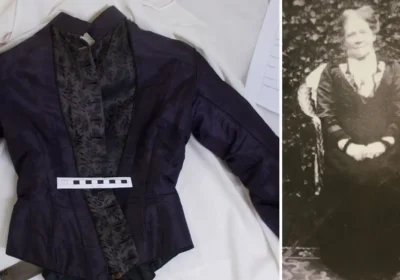
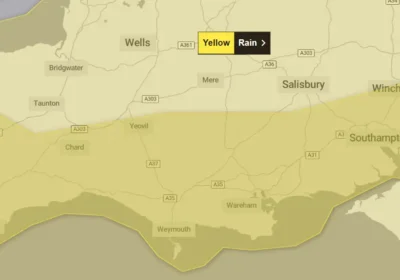
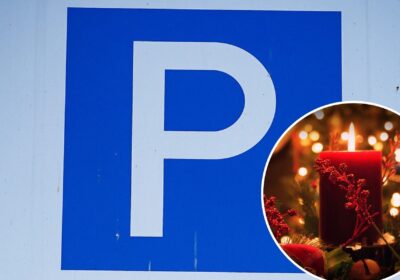




Leave a Reply